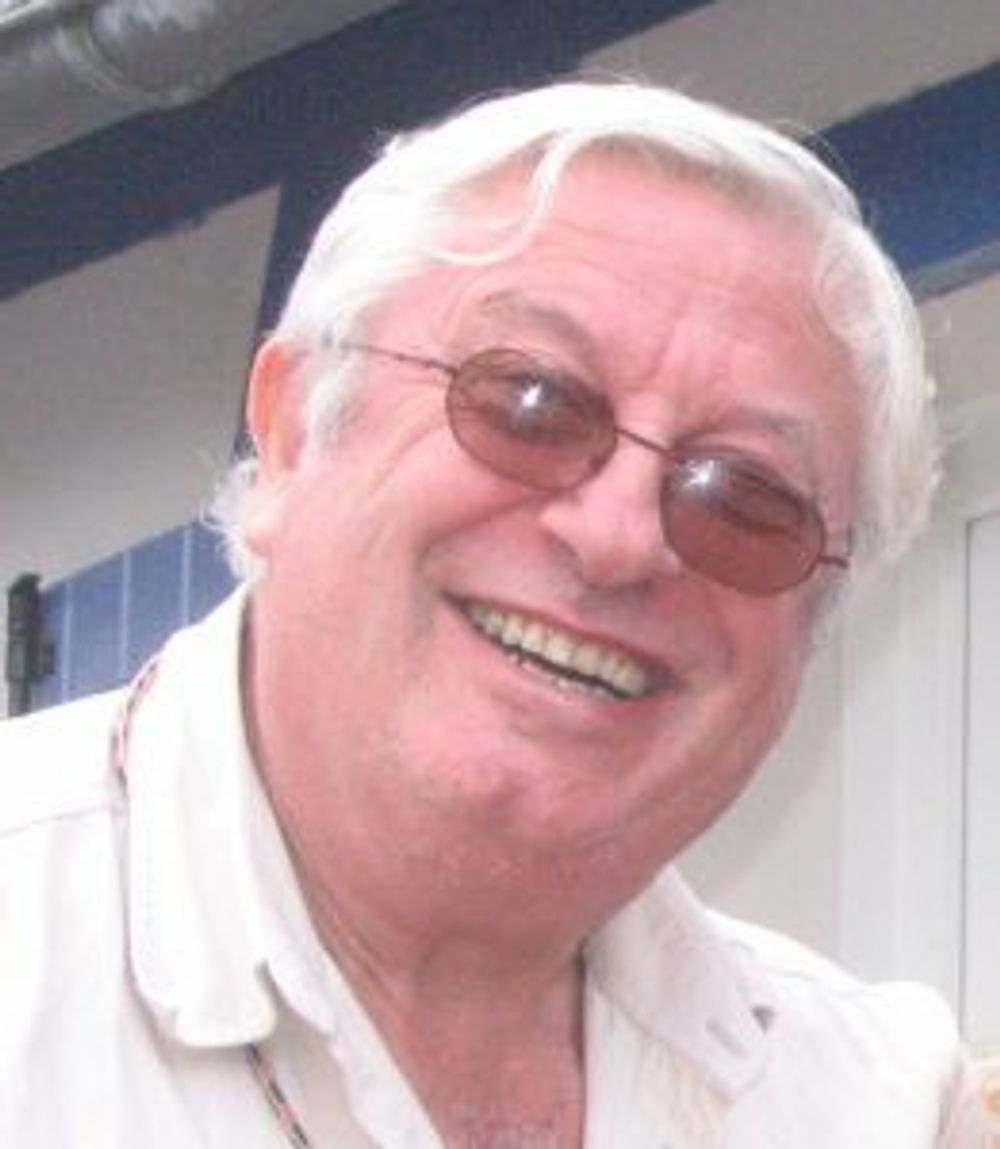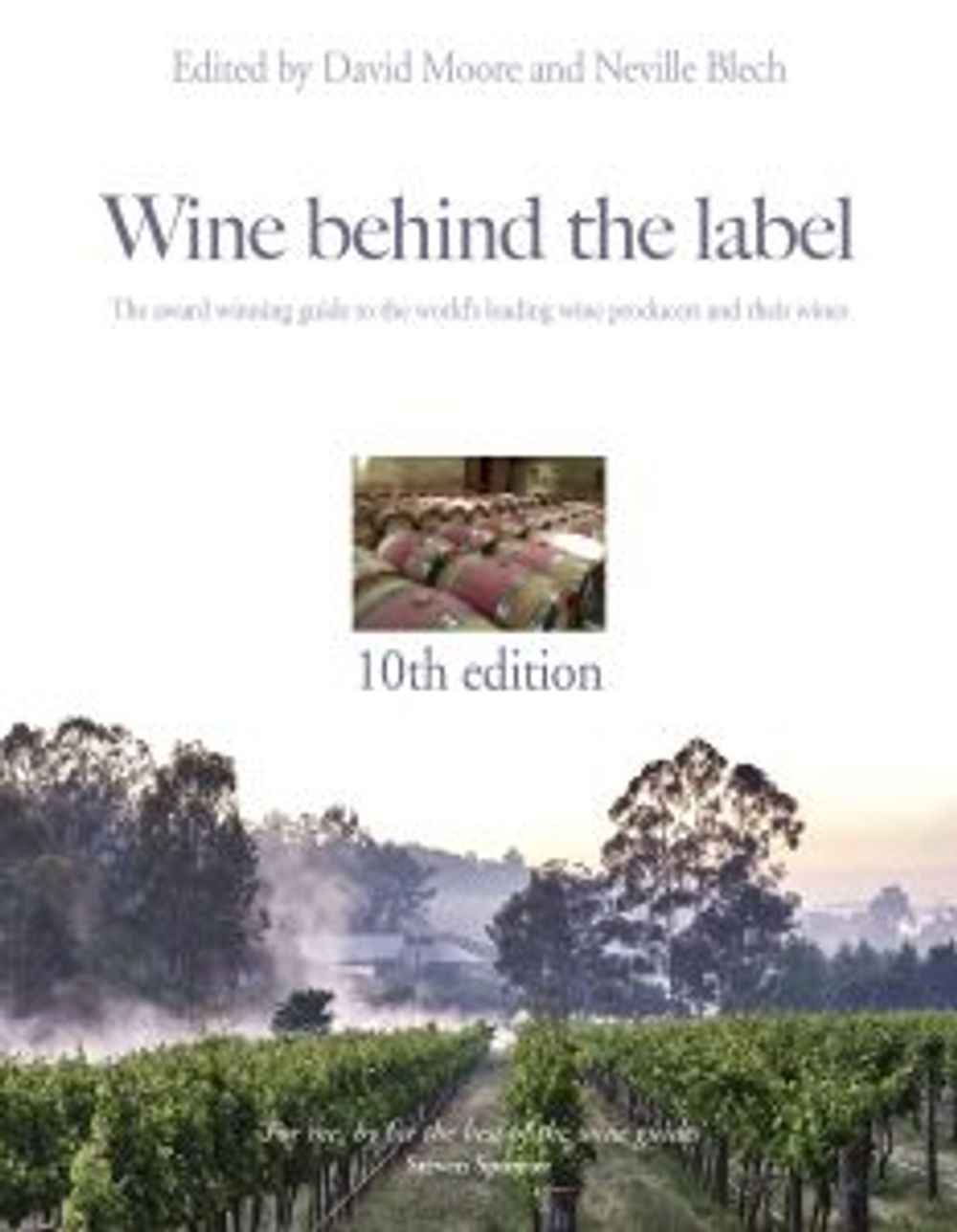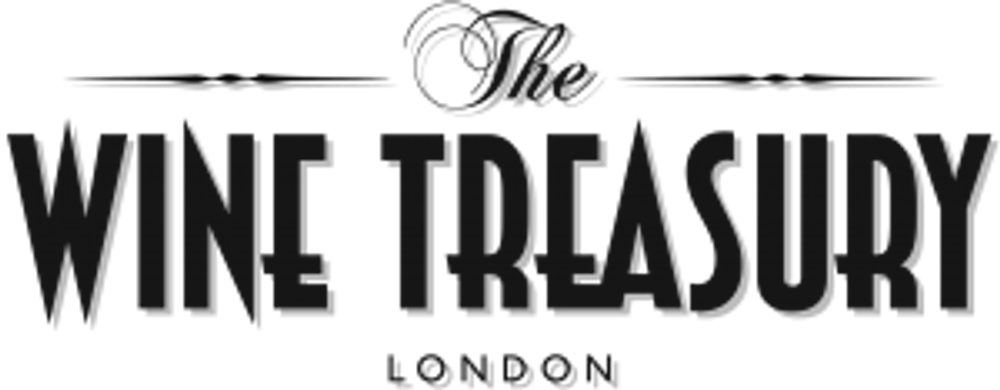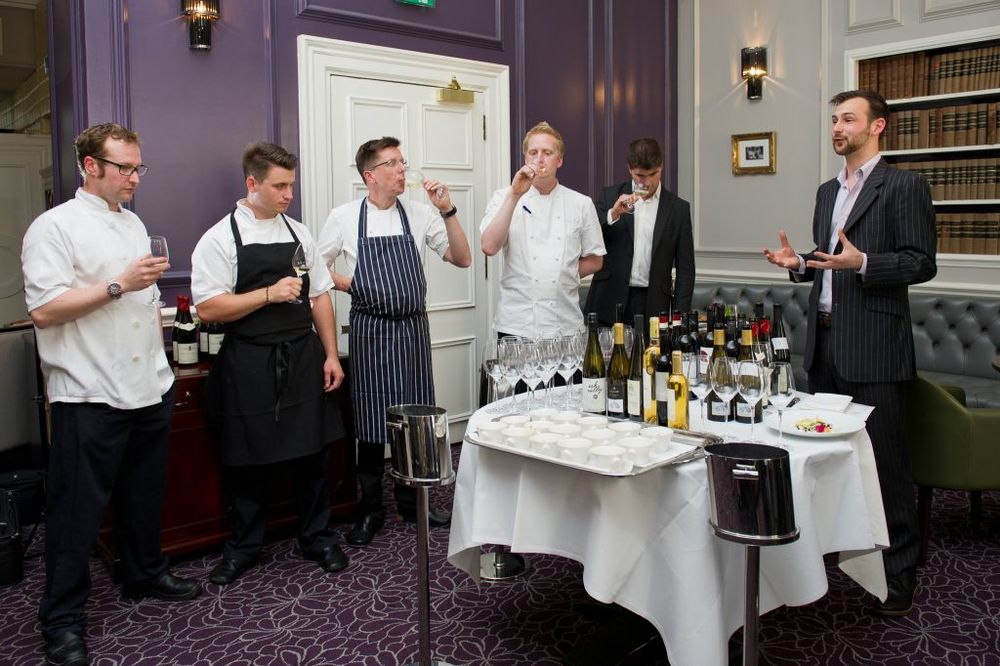Running a successful restaurant or supplier business comes down to finding your niche and exploiting it, says Neville Blech.

Neville Blech: restaurateur, wine supplier and now publisher
Before we talk about your career, let’s look forward to the publication of the 10th edition of Wine Behind The Label that you co-edit with David Moore. What can we expect in the new guide?
We have updated as many entries as we can – this is a constant work in progress. There are also over 160 new profiles on wineries and over 1,000 new wines rated. It brings the total number of wineries studied in depth to over 3,700 with more than 6,000 wineries overall, and over 19,000 wines rated. The guide also covers the latest vintages, so 2016 in the southern hemisphere and 2015 in the northern hemisphere. We have also looked to update the regional maps section.
We are also focusing on including more entries from non-traditional quality wine growing regions and countries such as India, Eastern Europe and the Americas.
Who is the book aimed at and why do you think it is useful to them?
It is aimed at anyone who is interested in wine, professional as well as amateur. It’s not really for people who don’t care what they drink as long as it makes them drunk! It’s useful to amateurs who are able to use the book when, for instance, touring in a wine area to seek out the best wine experiences, in browsing the shelves of a wine shop or in a supermarket, or looking through a restaurant wine list – In fact, the digital version on your phone is ideal for this in a restaurant.
It points out to a degree the best price/quality ratios in a shop or in a restaurant which because of varying mark up conceptions are not necessarily the same.

The 10th edition of the “sommelier’s bible” is out next week.
How do you think the global wine industry has changed during the time you have been doing the book?
There is certainly a greater emphasis on technique. Flying winemakers and oenologists have enabled farmers in non-traditional areas to learn modern winemaking techniques. Winemakers from traditional areas have also been able to travel the world to experience these modern techniques.
There has also been a big swing to biodynamic and organic farming, although it has had mixed success. Exponents of natural wines have proliferated again with mixed success.
What do you see as the big challenges facing the global wine industry over the next 10 years?
Global warming is a challenge but not insurmountable provided adaption to change can be achieved.
What do you see as the big opportunities over the same time?
There will be wines made in areas where one could never conceive that there could be. Who knows that in time Burgundy may become a desert and there will be great Pinot Noirs made on the banks of Loch Lomond.
How did you come to work together on the guides?
David Moore and Philip Williamson had just produced the first edition and were looking for sponsors. I felt that this was a revolutionary way of communicating wine knowledge and became the sponsor. With my experience as a wine merchant and restaurateur and having written occasional articles for Decanter and other wine publications in the past, I made some contributions to the guide, taking over Philip’s role entirely when he left the project.
Neville, you were initially a restaurateur. How did that come about?
My wife and I converted a run down village pub into a restaurant with rooms called The Crown Inn,Whitebrook in the Wye Valley in 1974, having first engaged a Michelin starred chef and wife to run it.
When after a few months the chef demanded a doubling of salary or threatened to leave, my wife took over the kitchen which resulted in her becoming, two years later, the first woman in the UK to gain a Michelin star. Despite the fact of never having been professionally trained.
Our first wine list was entirely French, based on the concept that once we got into other countries – where would it all end? Besides, my wife is half French and we created monthly French regional gastronomic evenings whilst we were there. I got most of the wines from Avery’s of Bristol and my rep was a portly young man called Bill Baker.
I soon found out that relying on one supplier was not a good idea. This was confirmed when we sold up and moved to Ebury Street in London to open Mijanou restaurant, where I ventured into wines from the rest of the world and finished up winning Wine List of the Year in 1988.
I found out during that period how to import my own house wine from Burgundy and was also writing on wine for a now defunct magazine called “Restaurant Business”.
Was that when you developed the wine consultancy part of your business?

Blech helped bring the first premium Californian wines in to the UK with The Wine Treasury
I was asked by a few other restaurateurs to help with their wine lists. On that basis I decided to open a wine importing company called The Wine Treasury which at one time was one of the most influential importers of Californian wines in the UK, although we did bring in wines from many other parts of the world.
In 1996 we were made “ an offer we couldn’t refuse” for our restaurant (although the buyer managed to go bankrupt within two years) and continued to hold vintner dinners in my own house in South Kensington for a small group of enthusiasts until a couple of years ago.
I sold The Wine Treasury to my employees in 2002 and it’s still going strong, particularly with American wines. After that I continued spending more and more time on Wine Behind The Label, whilst serving on various tasting panels such as “Le Grand Jury Européen” and tasting for Decanter and other magazines.
Apart from my work with WBTL I am currently working on a Travel and Taste guide to Italy and will one day write about my restaurant experiences. I already have the title:“Sonia darling, you can cook a bit – let’s open a restaurant!”
What lessons have you learnt from working both sides of the fence as a restaurateur and as a wine supplier?

Blech believes there is much to be gained from understanding the needs of each other in a restaurant and supplier relationship
I think you have to have some kind of USP or niche. In the restaurant, especially at Mijanou in Ebury Street, we were considered expensive, but our wines were cheap.
My theory was that I didn’t want my wife’s hard work to go unrewarded so the food was expensive, but the wines were cheap. Probably the opposite to the lazy way out of having cheap food and outrageously expensive wines which you see in so many establishments these days. After all, it’s just pulling a cork! Or is it?
When you think that in the 1990s we were charging £42 without service for a tasting menu of five courses, it was not that much cheaper than you can find now, 20 years later. On the other hand, my mark up on wines was averaging times two(except for Sancerre, but that’s another story) and on the more expensive wines just a small cash margin.
I remember we once got criticised by the wine trade for selling Ducru Beaucaillou 1970 in therestaurant for below auction price!
The wine list itself was also innovative because it was divided into 20 sections determined by taste weight and texture and I recommended wines from one or more of these sections with the dishes on the menu.
On the merchant side, you had to have some kind of a niche. In the case of The Wine Treasury it was California and my list was the forerunner of many of the cult Californian wines seen in the UK today.
In both cases, the main aim was to provide value for money, what the French describe as “rapport qualité/prix” no matter what the price level was.
What are the biggest misconceptions about how the other side works?
I think that there are still a lot of restaurateurs who are content to leave their wine list to one merchant who is simply going to produce a bog standard, profitable (to them) wine list, without too much hassle.
A lot of restaurants do not make any money on the food, but rely on outrageous wine prices to cover the losses. Running a restaurant has a steep curve above and below break even. You can make a lot of money once you get above the break even point ,but you can’t half lose a lot very quickly once you go below. Maybe that’s why so many go to of business each year.
On the other hand there are still some merchants who are happy to supply restaurants with what old time wine writers used to call “:restaurant wines”. These are ones which they would want to drink themselves!
- The 10th edition of Wine Behind the Label, produced by Blech and David Moore, is published next week both in a print and digital download format. The full price of the guide is £65 for print and £39.50 for digital, but you can get pre-publication discounts of 20% if you follow this link for the print guide and this link for the digital guide using the code “prepub20”. It is possible to get discounts for multiple purchases of the guide once it is published.








































